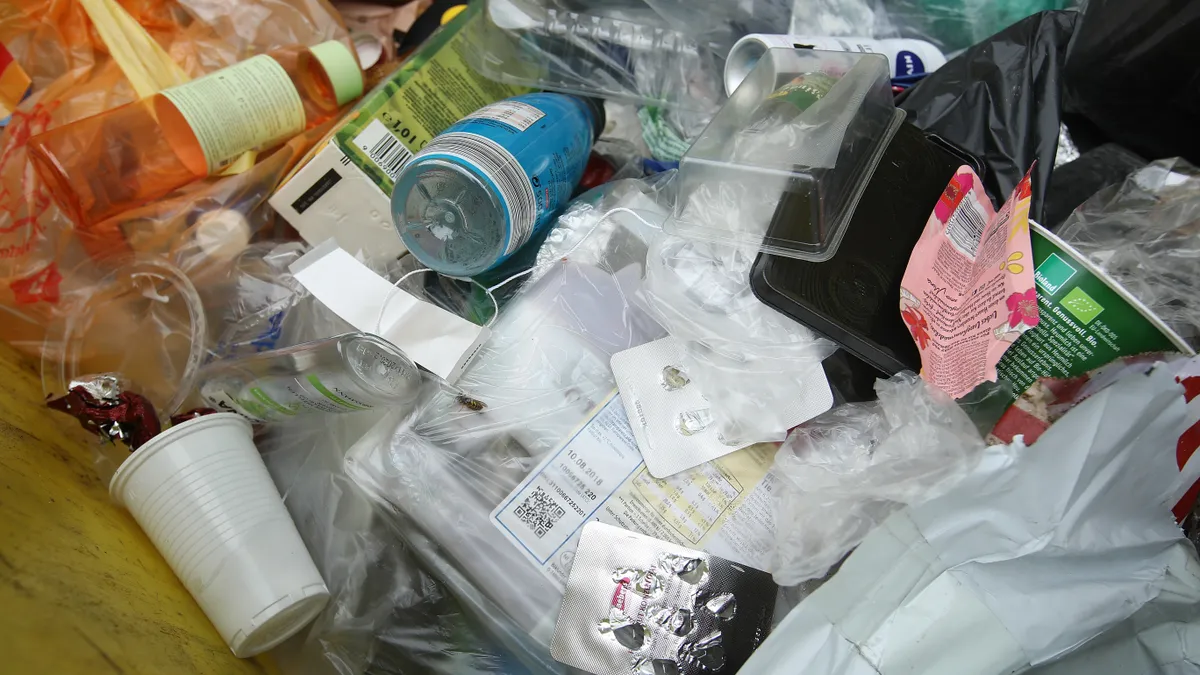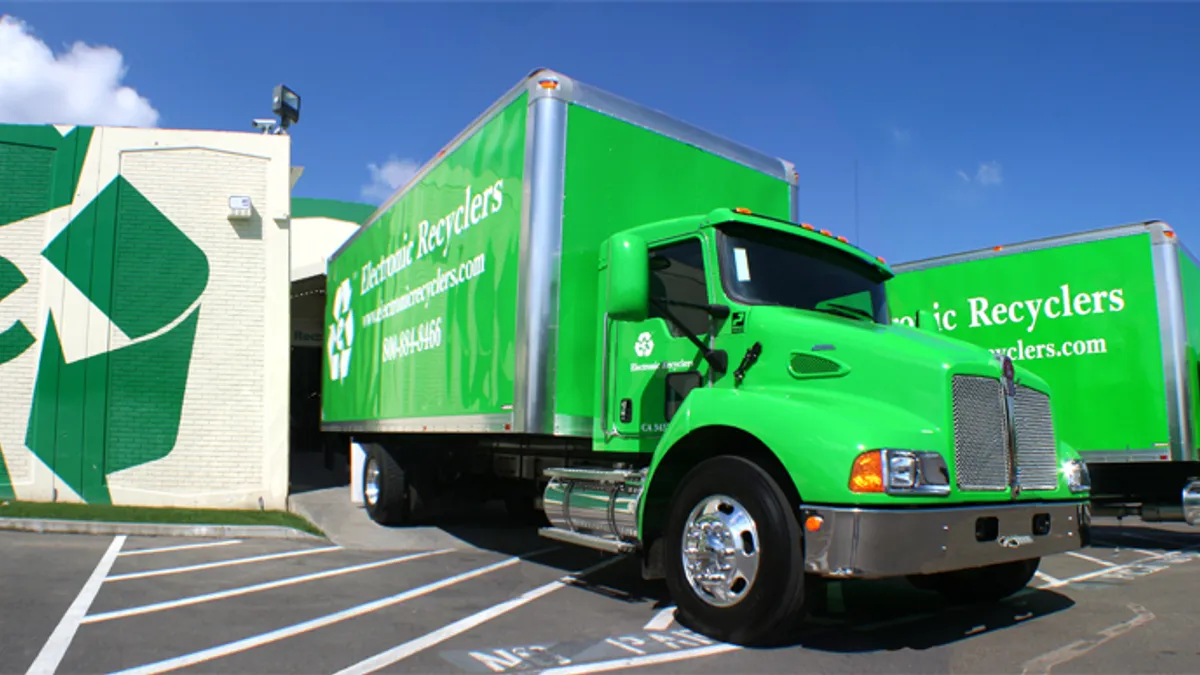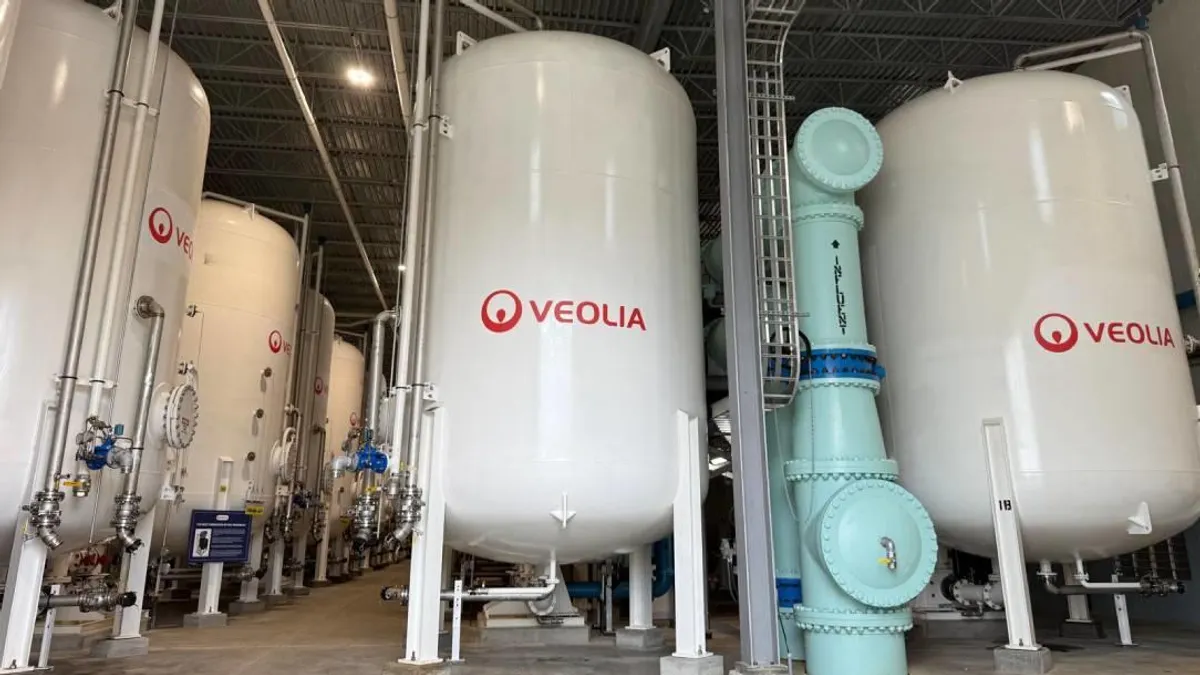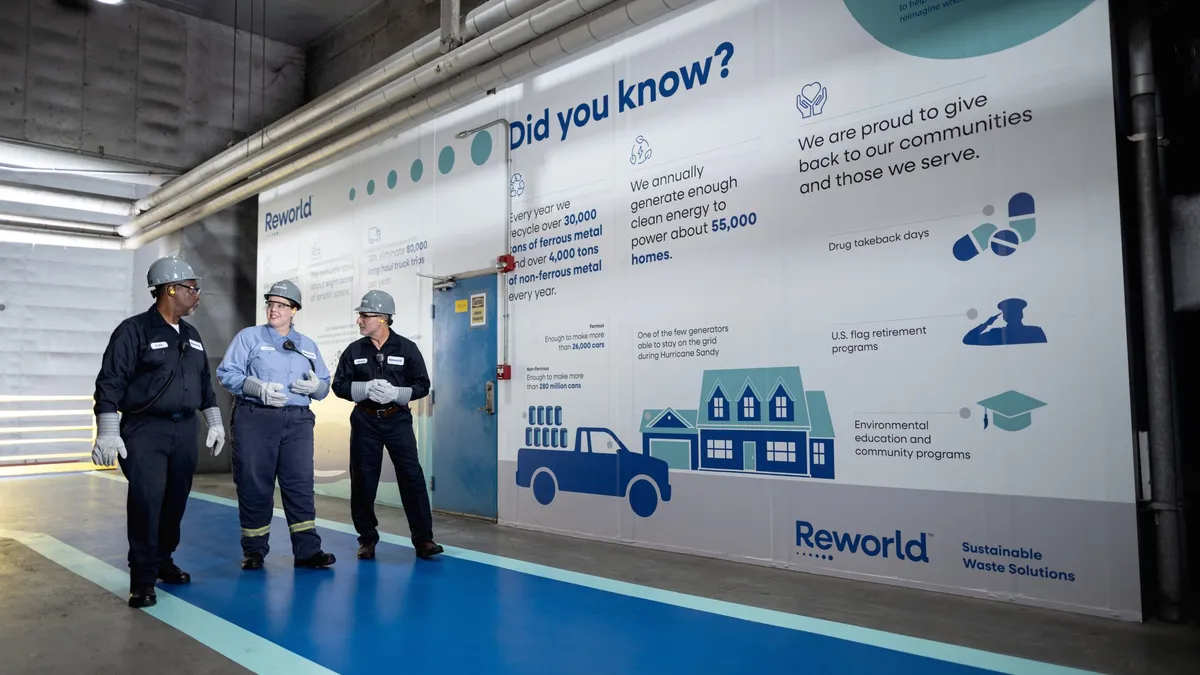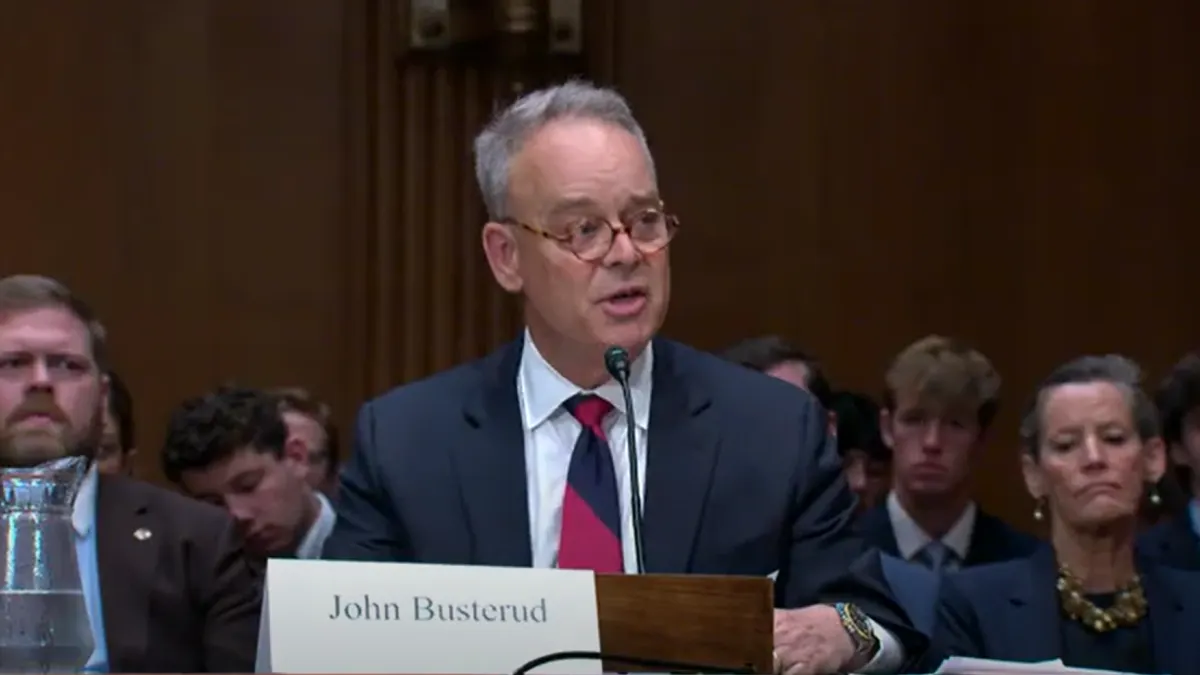State and federal lawmakers weighing extended producer responsibility policies must work in tandem with brands making aggressive waste reduction commitments to achieve circular economy goals on the horizon, said panelists at last week's Circularity 21 conference, hosted by GreenBiz.
The EPR discussions on June 14 came as the U.S. Plastics Pact released its new Roadmap to 2025, a strategy document meant to establish a circular economy for plastics and address plastic waste. A separate announcement from the Ellen MacArthur Foundation (EMF) highlighted more than 100 companies’ support for EPR as a means to improve recycling rates and motivate brands to include more recycled content in their packaging. The U.S. Plastics Pact is part of EMF’s global Plastics Pact Network.
Panelists said these announcements are notable because many of the companies that signed on to the initiatives have been quiet on or resistant to EPR in the past. “It is incredible how much things have changed,” said Sydney Harris, senior associate for policy and programs for the Product Stewardship Institute, a nonprofit organization that helps craft and support EPR legislation for packaging and other materials.
Progress on EPR policy
Panelists described how voluntary goals like the ones the road map lays out must balance with state and federal laws for the most effective, enforceable outcomes. As companies and organizations work to use more recycled content or make their packaging more recyclable, “it's important that all of that work that's happening is underpinned by strong and smart policy,” said Dylan de Thomas, vice president of external affairs for The Recycling Partnership and the discussion’s moderator.
Maine could become the first state to pass a law establishing some form of EPR for packaging if Gov. Janet Mills signs the bill the state legislature passed last week, and Oregon is debating its own packaging EPR bill. An EPR for packaging bill in New York made some headway this year, but it ultimately did not pass before the state’s legislative session wrapped recently. A handful of other state bills introduced early this year failed to gain traction.
Harris acknowledged that packaging-centered EPR policies have been slow to take effect in the U.S., “but momentum continues to grow,” she said. PSI has worked to influence “at least a dozen” state-level EPR bills as well as the federal Break Free From Plastic Pollution Act, which would introduce a nationwide EPR program for packaging, among other recycling-related strategies.
Where the pact fits in
Circularity 21 speakers acknowledged that state and federal laws around packaging EPR can take years to implement, but the U.S. Plastics Pact’s backers, which it labels “activators,” still see EPR policies as one of the key components to achieving its aggressive circularity goals by 2025. The pact, part of a consortium led by The Recycling Partnership and World Wildlife Fund, has four stated goals: define a list of “problematic” packaging and eliminate those products; make all plastic packaging 100% reusable, recyclable or compostable; recycle or compost 50% of plastic packaging; and ensure packaging has at least 30% recycled or bio-based content.
"To meaningfully address the plastic waste crisis in the United States, we must unite the critical stakeholders — industry leaders, waste management systems, and policymakers — under a cohesive action plan," Erin Simon, head of plastic waste and business at World Wildlife Fund, said in a statement.
Darrel Collier, executive director of NAPCOR, which tracks and reports PET bottle recovery data, said in a statement that PET has a global recycling rate of about 50%, and the goal to reach that rate for all plastics “is ambitious, but not impossible.” To reach that goal in the United States, “it is imperative that we think differently about collection, including embracing well designed incentivized collection programs.”
Mars, another activator of the pact, is working on meeting the 100% reusable, recyclable and/or compostable packaging goal and the 30% recycled content goal by evaluating its portfolio to remove unnecessary packaging, considering alternatives such as reusable packaging, and redesigning existing packaging for better circularity. “It's about building the pathways to recycle [our packaging] that we don't have today,” said panelist Rachel Goldstein, the company’s North America policy director for its sustainability program.
EMF also recently released a position paper recognizing EPR as a necessary part of solving worldwide packaging waste challenges, saying that the cost of collecting and recycling packaging costs more than the revenues recyclers make from selling the materials. Without EPR policies, “packaging collection and recycling is unlikely to be meaningfully scaled and tens of millions of tonnes of packaging will continue to end up in the environment every year,” the organization said in a statement. Well-known brands such as Coca-Cola, Unilever, Walmart and others signed on to the statement.
Though many stakeholders see the EMF announcement as a considerable shift in corporate attitudes toward EPR, opponents caution that not all EPR programs are created equal, and that some models could put too much control in the hands of producers or create systems that lack accountability.
Looking beyond EPR
Circularity 21 speakers said discussions about EPR must also come with meaningful strategies to improve recycling infrastructure and data collection to make the systems as successful as possible. “If we don't have the infrastructure in place to actually process what we are bringing in, then it doesn't matter,” said John Campbell, vice president of government relations for Ball Corp.
Campbell urged companies to stay involved in policy discussions as more movement around EPR policies and strategies takes shape at the local and national level. "You want to be at the table ... instead of waiting until the back end of it, and then trying to react to the policy and then fix it depending on how you feel it will impact your organization.”
Mars, meanwhile, is in the process of establishing supply chains for recycled content for its packaging, Goldstein added, saying that “we also see the investment in infrastructure as [helping us get] to our 30% recycled content goal.”



